ALLEGORY OF TIME (AFTER POUSSIN)
FRENCH SCHOOL, CIRCA 1820
Oil on card, mounted on canvas.
42 × 32.5 cm / 16.5 × 12.8 in, with frame 56 × 47 cm / 22 × 18.5 in
In a richly carved 18th-century giltwood frame.
PROVENANCE
Private collection, France.
This evocative painting represents a fragmentary reprise of the figure of Time (Chronos), originally depicted by Nicolas Poussin in his celebrated painting A Dance to the Music of Time (ca. 1634–1636, Wallace Collection, London). In Poussin’s composition, Chronos sits to the right, playing a lyre as the Seasons dance in a circle, guided by celestial music. The figure symbolizes the relentless flow of time and the cyclical nature of human life.
Our painting reproduces this winged personification of Time almost exactly, including the posture, attributes, and even the hourglass held by the putto at his feet. The stylistic features, including the treatment of flesh tones and the sculptural clarity of forms, point to a French hand active in the early 19th century.
It is highly likely that this work was painted in France shortly after Poussin’s original entered the collection of Cardinal Joseph Fesch in 1806. Fesch’s collection, known for its vast holdings of Old Masters, was widely studied and copied by contemporary artists. After his exile in 1815, many paintings remained accessible in France, offering painters the opportunity to reproduce or interpret celebrated works.
Although unsigned, the painting may be tentatively linked to an artist associated with Fesch’s circle or active in the Parisian art world of the post-Napoleonic period. It likely stems from a painter with privileged access to Fesch’s collection and a refined understanding of seventeenth-century French painting, shaped by close study of its masterpieces.
The painting is set in a splendid 18th-century French frame, finely carved and gilded, which enhances its classical elegance and lends it a solemn presence resonant with the ideals of historical painting.


















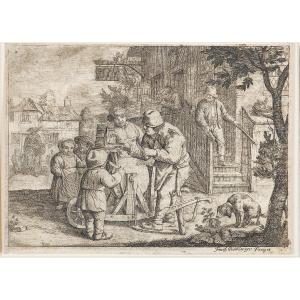
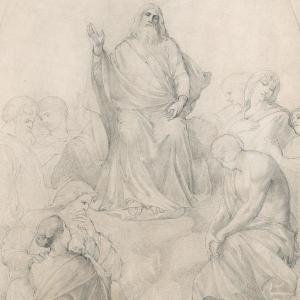
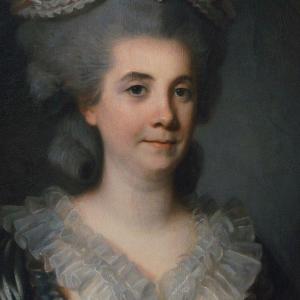
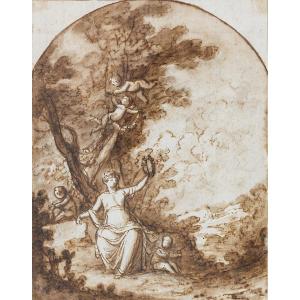
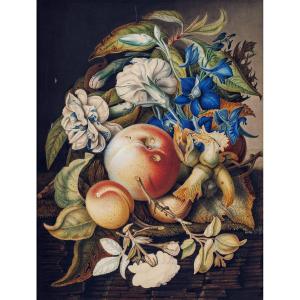
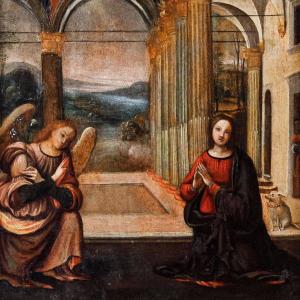


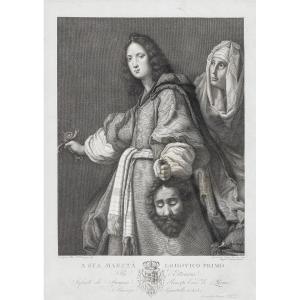
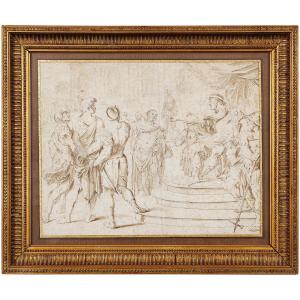


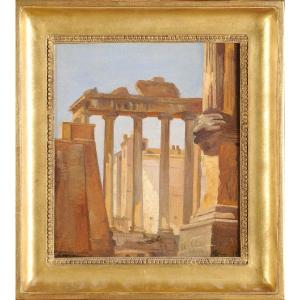







 Le Magazine de PROANTIC
Le Magazine de PROANTIC TRÉSORS Magazine
TRÉSORS Magazine Rivista Artiquariato
Rivista Artiquariato